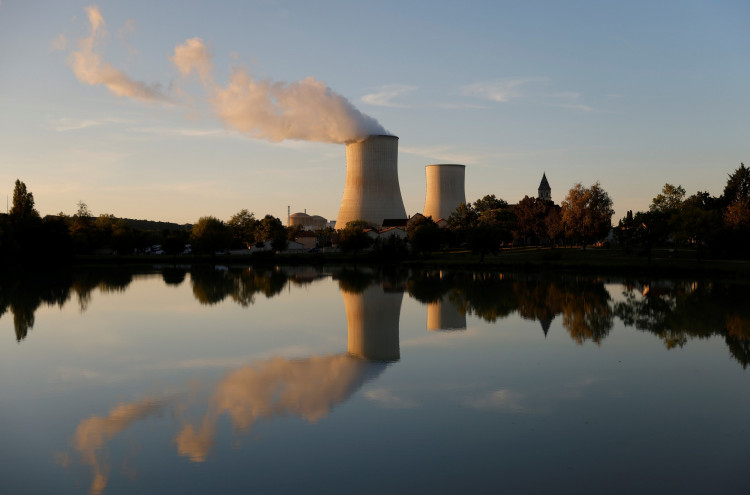An international report published in August 2021 by Marine Pollution Bulletin has revealed that paracetamol dominates Jakarta Bay waters. Advocates are now adamant that authorities take action to address the situation's environmental consequences.
Authorities are investigating the situation and have vowed to take harsh action against any suspected polluters.
Researchers from Indonesia's National Research and Innovation Agency (BRIN) and the University of Brighton in the U.K. collected saltwater samples in four places in Jakarta Bay between 2017 and 2018. Their research discovered 610 nanograms per litre (ng/l) of paracetamol in Angke and 420 ng/l in Ancol.
Angke is a densely populated area in Jakarta with poor sanitation, while Ancol is located north of the city, at the mouth of the main Ciliwung river.
The Kawali Indonesia Lestari Coalition, an advocacy group, has called on the Indonesian government to take accountability for the paracetamol pollution in Jakarta Bay.
"As well as taking firm action against the perpetrators, including in the environmental recovery and compensation to the affected people, someone must be responsible for this," it said in a written statement.
In a laboratory setting, Professor Zainal Arifin, a member of the BRIN research team, stated during a webinar on Oct. 5 that "long-term exposure with low or high concentrations of paracetamol causes impaired reproductive function in shellfish."
The discovery of paracetamol in Indonesian coastal waters was the first of its kind. It was published in the August issue of the scholarly journal Marine Pollution Bulletin.
While the study did not go into detail about where the paracetamol came from, the researchers assume it came from pharmaceutical companies, homes, and perhaps hospital waste.
Following the publication of the report, environmentalists stated that the findings suggest that the country's waste management is inadequate and needs to be improved.
Meanwhile, Arifsyah Nasution of Greenpeace Indonesia, an ocean campaigner, speculated that the paracetamol could have come through industrial waste dumping, particularly by pharmaceutical businesses. Other likely causes of contamination, he noted, are hospital waste and residential consumption.
He said that the study shows that waste management in the megacity is still poor due to a lack of political will in law enforcement and monitoring.






